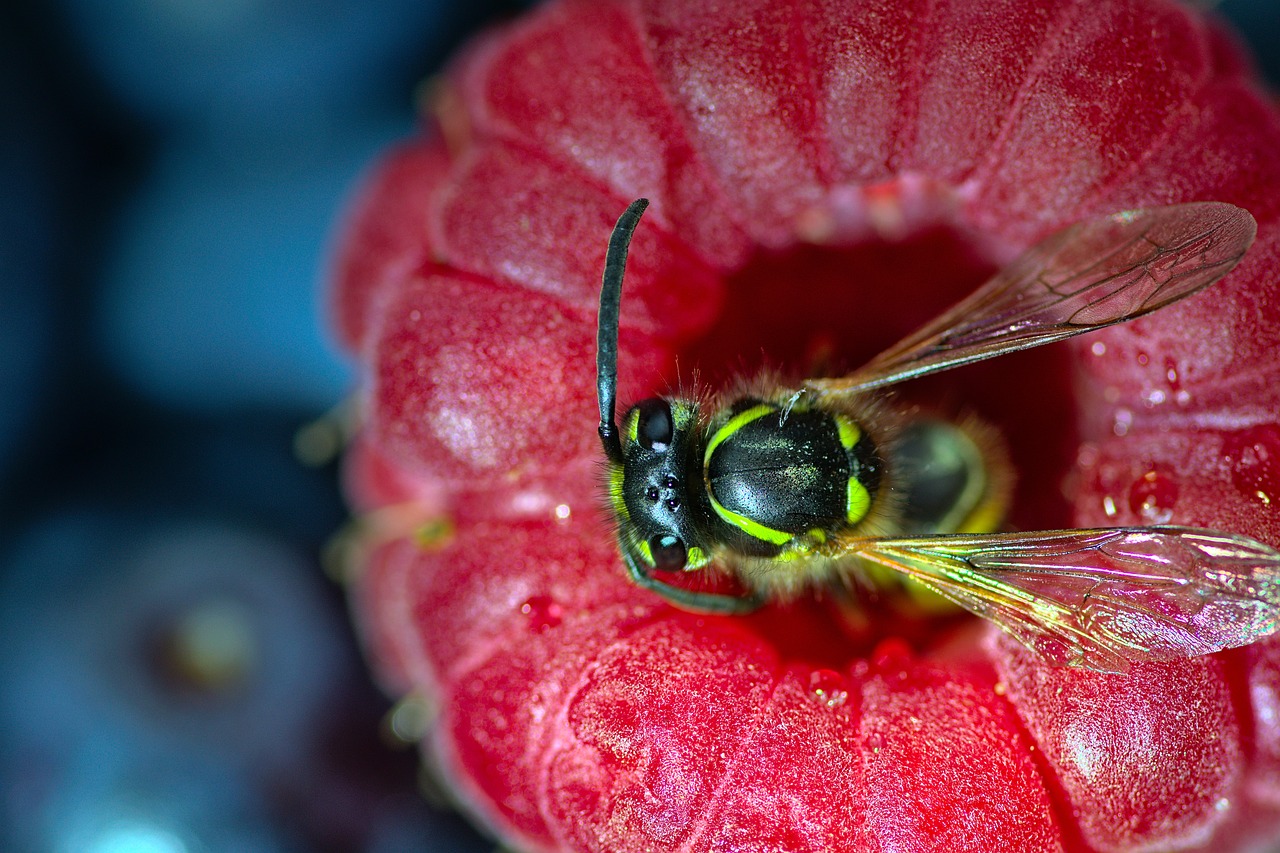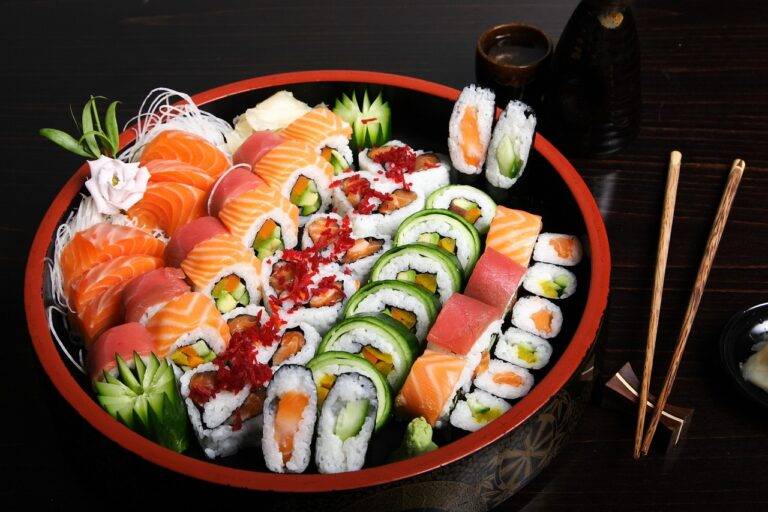The Art of Food Presentation: Techniques for Plating Like a Chef
When it comes to selecting the best plates for serving different types of dishes, it’s essential to consider both functionality and aesthetics. For appetizers and desserts, small and decorative plates work well to showcase these delicate dishes. These plates usually have intricate designs and bright colors to enhance the presentation of the food. On the other hand, for main courses and salads, larger plates with simple and elegant designs are preferred as they provide ample space for the food to be arranged attractively.
For dishes with rich sauces or gravies, plates with a slight rim or a shallow bowl-like shape are recommended to prevent the liquids from overflowing. Additionally, for dishes that require any garnishes or side dishes, plates with compartments or sections are convenient to keep the different components separate while still looking visually appealing when served. It’s important to choose plates that not only complement the type of dish being served but also contribute to the overall dining experience for the guests.
Color Theory in Plating
When it comes to creating visually appealing dishes, color theory plays a crucial role in plating. Different colors can evoke specific emotions or associations in the diner, adding depth and complexity to the overall dining experience. By carefully selecting a color scheme for your plating, you can enhance the presentation of the dish and elevate the dining experience for your guests.
One common approach to color theory in plating is to use contrasting colors to create a vibrant and eye-catching dish. Pairing opposite colors on the color wheel, such as blue and orange or red and green, can create a striking visual impact that draws the eye and excites the palate. This technique can add a dynamic element to your plating, making the dish visually engaging and memorable for diners.
What types of plates are best for different dishes?
Different dishes require different types of plates to enhance the presentation. For example, a white plate is often used for vibrant and colorful dishes to make the colors pop, while a darker plate can be used for more complex and earthy dishes.
How does color theory play a role in plating?
Color theory in plating involves understanding how different colors interact with each other to create visually appealing presentations. This can include using complementary colors to create contrast or using monochromatic colors for a more subtle and elegant look.
Can you provide some tips for using color theory in plating?
Some tips for using color theory in plating include using a variety of colors to create a visually appealing dish, considering the color of the food itself when choosing a plate, and balancing colors to create a harmonious presentation.
Why is color theory important in plating?
Color theory is important in plating because it can greatly impact the overall aesthetics of a dish. By understanding how different colors work together, chefs can create visually stunning presentations that enhance the dining experience for the guest.





